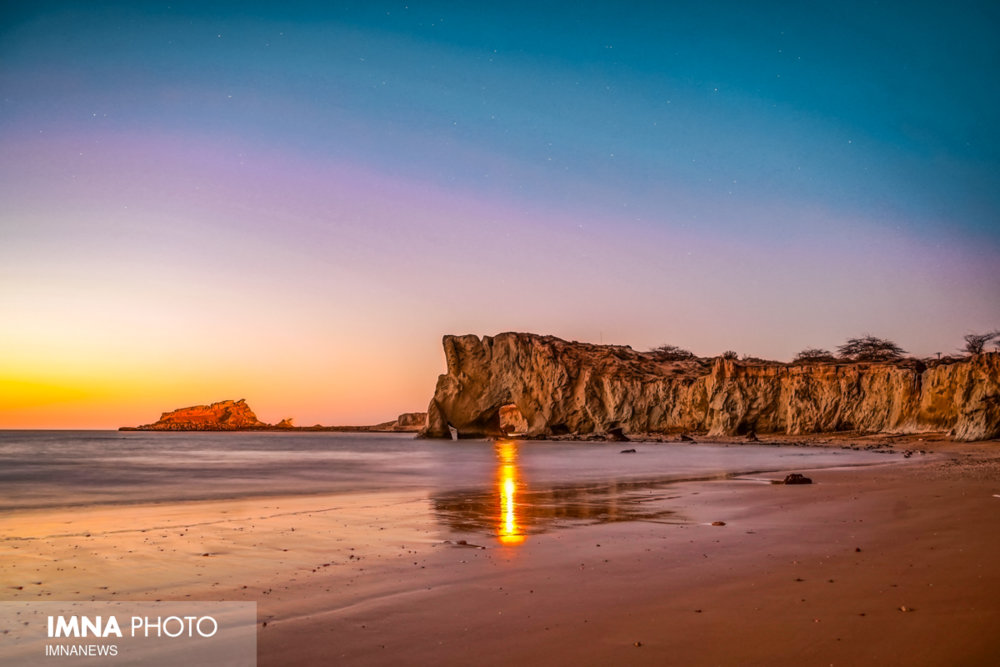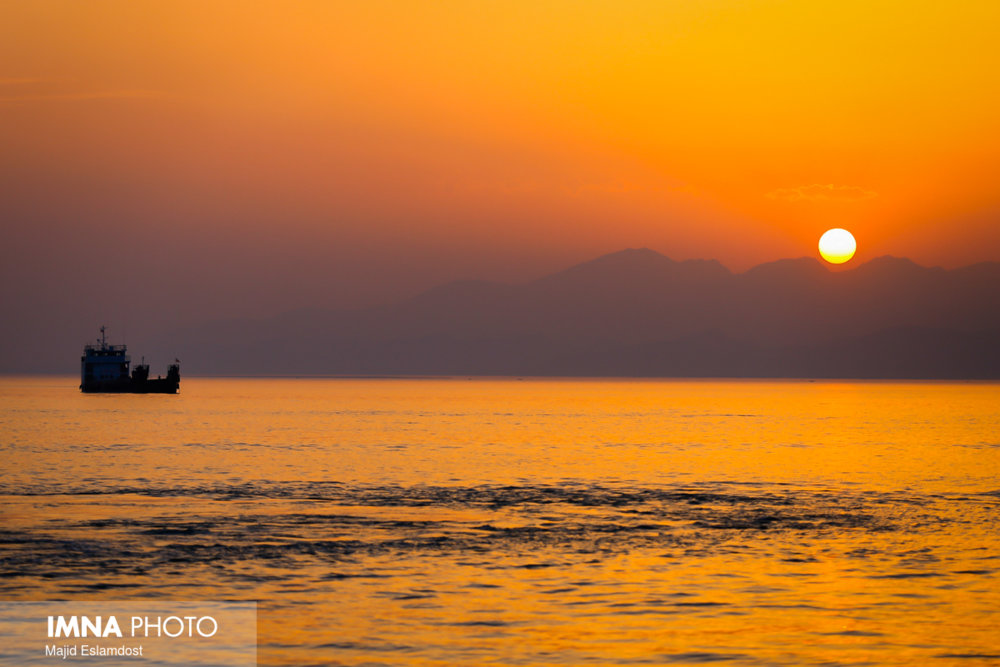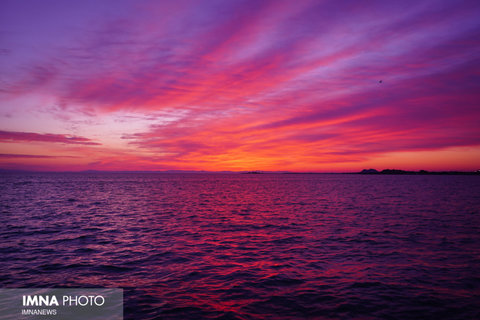Iran (IMNA) - Connecting to the Indian Ocean and the Arabian Sea from the east through the Strait of Hormuz and the Sea of Oman, the Persian Gulf is flanked by Iran, Oman, Iraq, Saudi Arabia, Kuwait, the United Arab Emirates, Qatar, and Bahrain. Notably, the northern shores of the Persian Gulf fall within Iran's political geography, underscoring its historical ties to the region.
Cultural Heritage and National Significance
Iran's enduring connection to the Persian Gulf is deeply rooted in history, with Iranians historically controlling and shaping the region's ancient civilization. This legacy is epitomized by the waterway's name, which has been associated with Iranians for over three millennia.
Persian Gulf National Day and Symbolism
Recognizing the Persian Gulf's cultural and spiritual importance, Iran established the Persian Gulf National Day on April 29th, commemorating the expulsion of the Portuguese from the Strait of Hormuz. This symbolic gesture underscores the Gulf's role as a beacon of national resistance and heritage.

Economic and Strategic Importance
Beyond its historical and cultural significance, the Persian Gulf holds immense economic value as a hub of oil and gas resources, earning it the moniker "World Oil Reservoir." Serving as a vital transit route for oil from Iran, Iraq, Kuwait, Saudi Arabia, and the UAE, the Gulf plays a pivotal role in global energy dynamics, supplying approximately 30% of the world's oil.
Iranian Identity and Regional Security
The Persian Gulf not only symbolizes a geographical location but also embodies a historic legacy intertwined with Iranian identity. Efforts to alter its name have consistently met with resistance, reflecting the Gulf's enduring significance to Iran and its people. As a key player in the region, Iran is committed to safeguarding the Gulf's security and ensuring the open passage of the vital Strait of Hormuz.
Island Riches and Natural Wonders
The Persian Gulf boasts a myriad of islands, including strategic ones like Qeshm, Kish, and Hormuz, which contribute to Iran's economic landscape. Beyond its economic value, the Gulf's natural wonders, from its diverse marine life to enchanting coastlines and historical landmarks, make it a captivating destination for visitors seeking a blend of natural beauty and cultural heritage.

Enchanting Attractions and Marine Marvels
From the stunning red shores of Hormuz Island to the mysterious Mangrove Forest of Qeshm and the vibrant marine life teeming with playful dolphins, the Persian Gulf offers a tapestry of experiences for travelers. With water sports, diverse ecosystems, and captivating scenery, the Gulf stands as a testament to nature's splendor and historical richness.


Your Comment